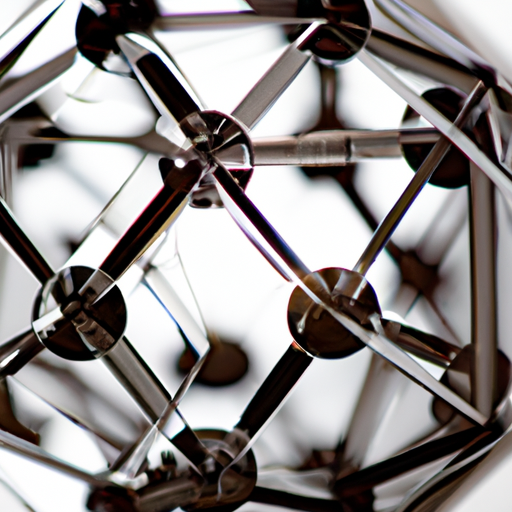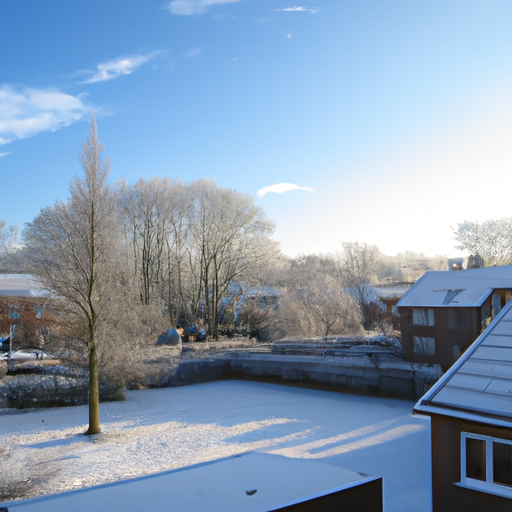Crystals are all around us, from the ice that forms on our windows to the gemstones that adorn jewelry. But what exactly are crystals, and how do they form?

Crystals are solid materials that are made up of a repeating pattern of atoms, molecules, or ions. The particles in a crystal are arranged in an orderly, symmetrical way, and this structure gives crystals their unique properties. Crystals can be found in many different materials, including minerals, metals, and even water.

One of the most familiar forms of crystals is ice. Ice crystals form when water freezes, and they can take on many different shapes and patterns. The shape of an ice crystal depends on the temperature and humidity of the air as it falls to the ground, as well as other factors such as dust or pollen particles. No two snowflakes are exactly alike, thanks to the complex process of crystal formation.

Crystals are not just found in the natural world, however. Humans have been using crystals for thousands of years, from decorative gemstones to industrial materials. Crystals are valued for their beauty, as well as their unique physical and chemical properties. So the next time you see a crystal, whether it’s a snowflake or a diamond, take a moment to appreciate the wonder and complexity of this fascinating material.
Here is today’s activity: Making fake snow and real crystals!
